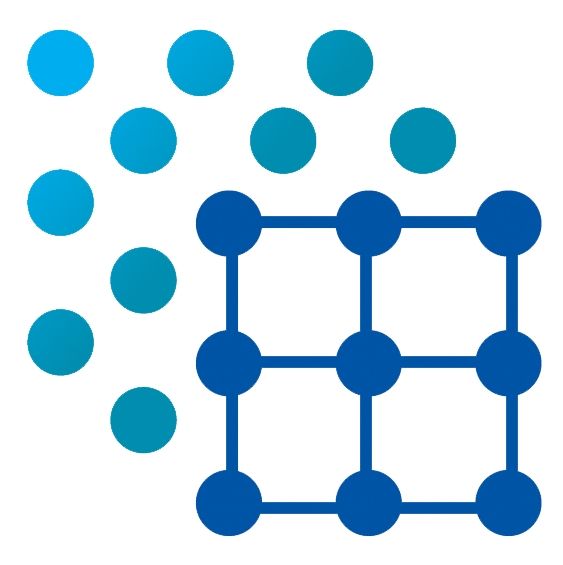KS Analytical Systems now offers custom sample holders for the Bruker D2 Phaser 6-position autosampler. These can be finished to order with any depth and diameter of well or a zero-background plate (ZBH) with or without a well ground in the surface.
- 5998 Brookstone Ct Aubrey, TX 76227Monday-Friday: 9am to 5pm Central TimeSaturday / Sunday: By appointment only+1 (940) 453-8786KSA@KSAnalytical.com


